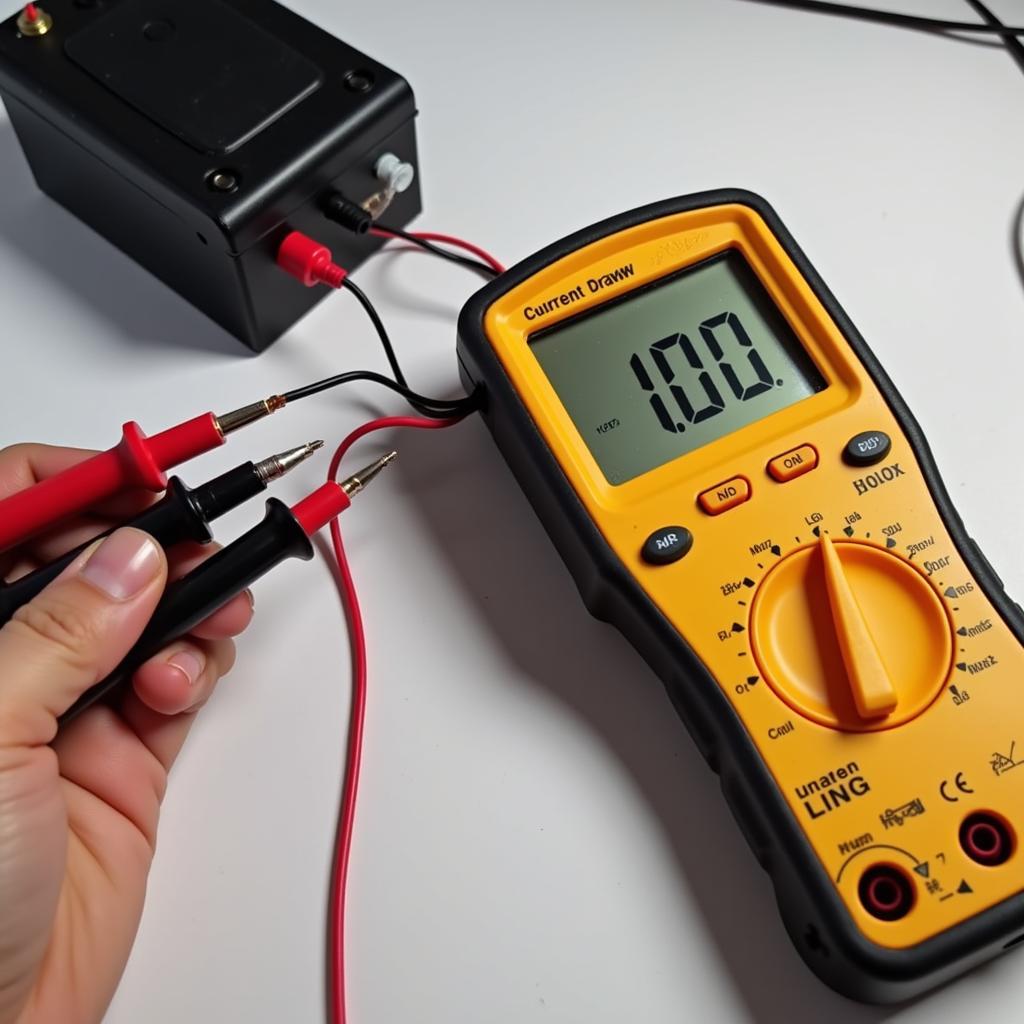Dealing with a stubborn electronic anti-theft device on your car? It’s frustrating, we get it! These devices, while crucial for security, can become a real headache if malfunctioning or when you need them removed. This comprehensive guide will walk you through the process, helping you regain control of your vehicle.
Understanding Electronic Anti-Theft Devices
Before diving into removal, it’s crucial to understand what you’re dealing with. Electronic anti-theft devices encompass a range of systems designed to deter theft. These can include:
- Immobilizers: These systems disable the engine from starting without the presence of the correct key fob or transponder.
- Alarm Systems: These devices emit loud audible and visual warnings when triggered by unauthorized entry.
- Tracking Systems: These systems use GPS or other technologies to pinpoint the location of your vehicle in case of theft.
Identifying the Issue
The first step in removing an electronic anti-theft device is identifying why you need it removed. Common scenarios include:
- Malfunctioning Device: A faulty device can prevent your car from starting or trigger false alarms, causing significant inconvenience.
- Selling Your Vehicle: You may need to remove aftermarket devices before selling your car.
- Replacing the Device: Upgrading to a newer, more advanced anti-theft system would necessitate removing the old one.
Tools and Equipment
Depending on the complexity of the anti-theft system, you might need:
- Basic Hand Tools: Screwdrivers, pliers, and wrenches are often necessary for accessing and disconnecting components.
- Code Reader: A code reader can help diagnose the issue and reset the system after removal if needed.
- Wiring Diagram: Referencing your car’s wiring diagram is crucial for safely disconnecting the device without damaging your vehicle’s electrical system.
- Professional Assistance: If you’re uncomfortable working with your car’s electrical system, seeking help from a qualified automotive electrician or mechanic is highly recommended.
Removal Process: A Step-by-Step Guide
Important: Tampering with your vehicle’s electrical system can be dangerous and potentially damage your car. If you are not confident in your abilities, we strongly recommend seeking professional help.
While the specific steps for removing an electronic anti-theft device vary depending on the make, model, and year of your car, as well as the type of device, here is a general overview:
- Disconnect the Battery: Before starting any work on your car’s electrical system, always disconnect the negative battery terminal to prevent electrical shocks or short circuits.
- Locate the Device: Anti-theft devices are typically located under the dashboard, behind the steering wheel, or near the fuse box. Consult your owner’s manual or wiring diagram for the exact location.
- Identify the Wiring: Carefully trace the wires from the anti-theft device and identify their connections.
- Disconnect the Wiring: Using the appropriate tools, carefully disconnect the wiring harness from the device. Ensure you don’t damage any surrounding wires or components.
- Remove the Device: Once the wiring is disconnected, you can remove the device from its mounting location.
- Reconnect the Battery: After removing the device and securing any loose wires, reconnect the negative battery terminal.
- Test the System: Turn on the ignition and check if the vehicle starts correctly. If you encounter any issues or warning lights appear on the dashboard, consult a professional for further assistance.
FAQs about Electronic Anti-Theft Devices
Can I disable the anti-theft system myself?
While it’s technically possible to disable some systems yourself, it’s generally not recommended unless you have a solid understanding of car electronics. Incorrect tampering can lead to more significant issues, including damage to your car’s electrical system or even rendering your car inoperable.
What should I do if my anti-theft system is malfunctioning?
If you’re experiencing issues with your anti-theft system, the best course of action is to get in touch with a qualified mechanic or, better yet, an automotive electrician specializing in these systems. They can diagnose the problem and recommend the best course of action, whether that’s repairing or replacing the faulty device.
Do I need an anti-theft device if my car has a factory-installed immobilizer?
Factory-installed immobilizers are a great theft deterrent, but adding an aftermarket anti-theft system can provide an extra layer of security. Consider your individual needs and security concerns when deciding. For more information on what kind of anti-theft device might be right for you, check out Cardiagtech’s range of products.
Can I remove an anti-theft device from a car I bought used?
Yes, you can, but it’s best to have a professional do it, especially if you are not sure about the installation process or the device’s type. Incorrect removal can damage the car’s electrical system.
Need More Help? Contact Cardiagtech!
Removing an electronic anti-theft device can be a complex task, and attempting it without the necessary knowledge and expertise could lead to further complications. If you’re unsure about any step of the process, CARDIAGTECH is here to help! We offer expert remote diagnostics, programming, and software installation services to help you resolve any car electronic issues quickly and efficiently. Contact our team today!
Disclaimer: This guide provides general information only and should not be considered a substitute for professional advice. Always consult with a qualified automotive electrician or mechanic before attempting to remove or modify your car’s anti-theft system.

